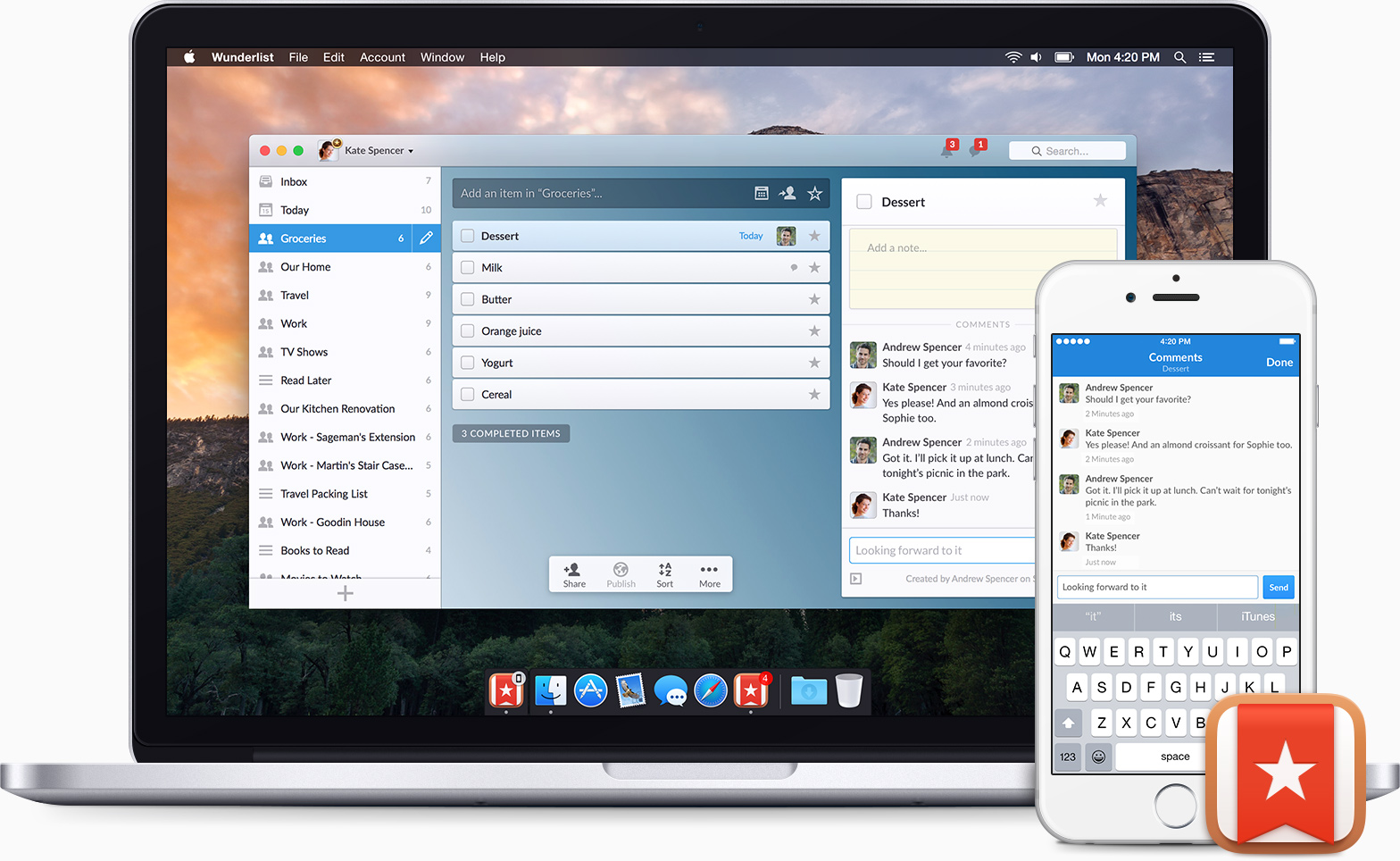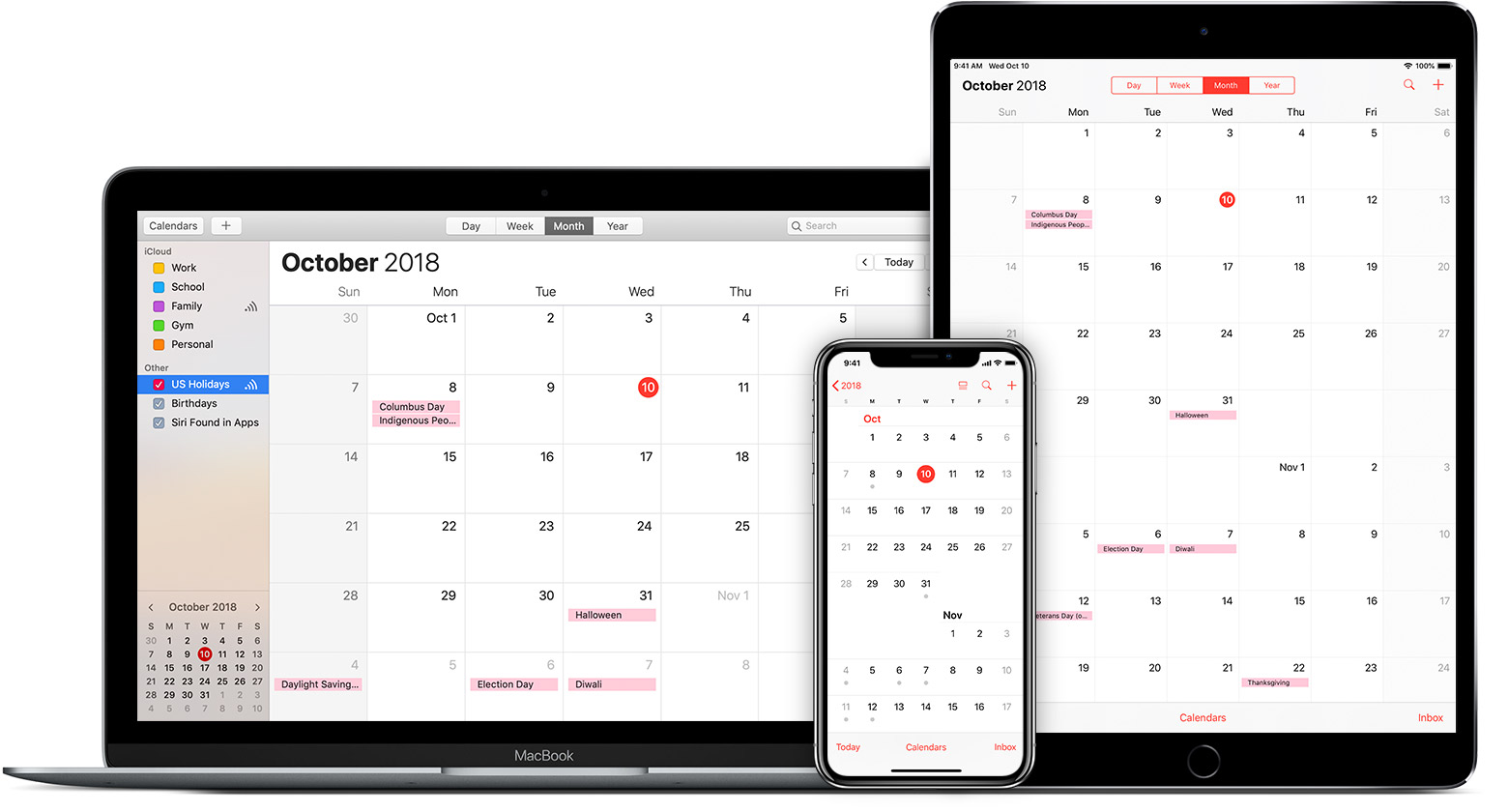The Systems I Use To Keep Track


One of our clients sent us the following message. I thought it was such a great question, I wanted to turn my response into a blog post for all of you to read.
Hi Abbie, I’m serving a few different masters at the moment and I need a sensible way to track my time as I move from one to the next. Do you have a good system for keeping track?
At first, I was going to write a quick response back. I then realised it wasn’t going to be quite that straight forward. Below is my attempt at making a clear description of the systems we use in our business and life to keep on top of things.
Basically, we use a combination of shared calendars and to do lists, as well as a time tracking app.

Calendars
Tim and I each have our own Outlook Calendars for work, which is synced to our iPhone calendars. We then share these calendars with each other so we can see when each other has something on. We also have a shared family calendar where we put in things related to personal events or schedules for the children. There are also a few clients where their work is specifically related to us booking and managing schedules, so we have calendars for them also. Plus, we also have a staff calendar so we can see what bookings everyone has on each day. Each of these calendars automatically show up in a different colour and sync to our phones so we are always up-to-date.
Different people manage their calendars differently. I like to type in the time of the booking. For example, I physically type in 4pm Meet Gardener instead of just Meet Gardener. The reason I do this is to give my appointments buffer time either side. I include travel time or transition time in my bookings. Therefore, in my calendar, I may have the Meet Gardener appointment blocked out from 3pm to 5pm, so that I ensure I don’t book anything else too closely. By writing in 4pm, I know that is the time I have scheduled to meet the gardener. You may want to book in all appointments at their specified time, and then add in a separate travel or buffer time appointment either side. Or you may want to eliminate this altogether. All I suggest is that you do what is logical to you, and will also be clear to anyone else who is requiring your calendar when they consider their own schedule.

To Do Lists
To manage the specifics of all the tasks I have to complete, I utilise the Wunderlist To Do List app, in conjunction with my email. I have my Wunderlist separated into lists for each day of the week, plus a list titled ‘Next Week’. This app is great because you can drag and drop your tasks up and down within the list, as well as between lists. Say you want to list your Monday tasks in priority order, you can quickly and easily swap them around. Then, if you need to move a task to another day, you can quickly drag and drop between the different day lists. I then use the ‘Next Week’ list as a place I can store things until Friday or the weekend, where I then drag and then drop them across the days for the following week.
The great thing about Wunderlist, aside from being free, is that you can also share lists with people. Tim and I have a shared personal shopping list. We each add things to it, and then, when one of us is in the supermarket, we tick off those things we have bought and the other one can immediately see the updates. We’re not the only ones who use Wunderlist for their shopping. I was in Foodland the other day, and someone heard the distant ‘ding, ding’ Wunderlist sound as I was ticking off my items. “Oh, you use Wunderlist too!” she said, and we briefly bonded over our mutual love of Wunderlist!
Within each task you can save notes, add images or files, and make comments. It really does mean that you can have everything at your fingertips.
I’ve used Wunderlist as a way to get organised for holidays, as a way of keeping track of birthday presents, things I needed to pack in my hospital bag when I was having babies, or specific steps I may need to take for a client task.

Time Tracking
To track the time that I need to bill clients, I use a simple app called TimeBillingX. It’s something I can access on my phone and computer, and can be designed in a way that suits you. We then export the information ready to use for client statements.
There are many different time tracking apps, and they can be as simple or as complicated as you require. There are also some more high level applications that combine time tracking, calendars, tasks etc. but so far I haven’t found one system that fits our personal concierge business perfectly. However, if you are looking for a system that is useful for your own business type, feel free to drop me a line, as I have reviewed many, many systems and can point you to a few different options.
There are multiple ways to manage your time and track you’re tasks. What I have shared above is just one way. It combines the power of technology along with flexibility. It is relatively simple for everyone to use, and is all very low cost – all the applications are free, you just need the computers or phones to run them.
That being said, I am always on the look out for a better way. Do you have a better way? A better system? A better app? Please comment below or email me.
Do you need help setting up your own system? We’d love to help! Get in touch and Abbie can work with you to create a system personalised to what will best suit you.

